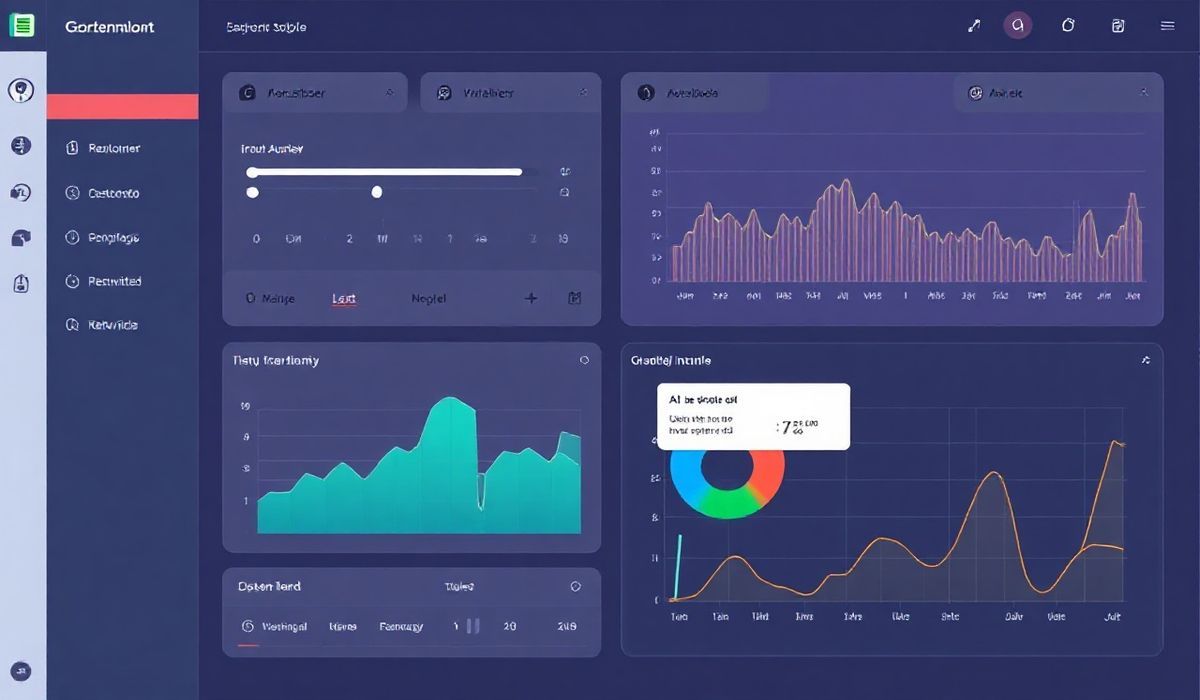Introduction to Karma-Coverage
Karma-Coverage is a powerful tool that provides code coverage reports for your JavaScript projects when you run tests with the Karma test runner. Understanding how to use Karma-Coverage can significantly improve the quality of your code by identifying untested parts of your codebase. This guide will introduce you to Karma-Coverage and provide several code snippets to help you get started, along with a sample application that demonstrates its use.
Installing Karma-Coverage
npm install karma karma-coverage --save-dev
Configuring Karma-Coverage
Add the coverage reporter to your Karma configuration:
// karma.conf.js
module.exports = function(config) {
config.set({
frameworks: ['jasmine'], // Or any other testing framework
files: ['src/**/*.js', 'tests/**/*.js'],
preprocessors: {
'src/**/*.js': ['coverage']
},
reporters: ['progress', 'coverage'],
coverageReporter: {
type : 'html',
dir : 'coverage/'
},
browsers: ['Chrome'],
singleRun: true
});
};
Running Tests with Coverage
Once Karma-Coverage is configured, you can run your tests and generate a coverage report:
./node_modules/.bin/karma start
Viewing Coverage Reports
After running your tests, open the coverage/index.html file in your browser to see the detailed coverage report.
API Examples
Example 1: Excluding Files from Coverage
// karma.conf.js
coverageReporter: {
type : 'html',
dir : 'coverage/',
check: {
global: {
statements : 80,
branches : 80,
functions : 80,
lines : 80
},
each: {
statements : 80,
branches : 80,
functions : 80,
lines : 80,
excludes: ['src/external/**/*']
}
}
}
Example 2: Using Different Coverage Report Types
// karma.conf.js
coverageReporter: {
reporters: [
{ type: 'html', subdir: 'html' },
{ type: 'lcov', subdir: 'lcov' },
{ type: 'text-summary' }
]
}
Example 3: Including All Source Files
// karma.conf.js
preprocessors: { 'src/**/*.js': ['coverage'] },
files: [
{ pattern: 'src/**/*.js', included: false },
{ pattern: 'tests/**/*.spec.js', watched: false }
]
Example 4: Custom Thresholds for Code Coverage
// karma.conf.js
coverageReporter: {
watermarks: {
statements: [ 50, 75 ],
functions: [ 50, 75 ],
branches: [ 50, 75 ],
lines: [ 50, 75 ]
}
}
Sample Application Using Karma-Coverage
Here is a small sample application that uses Jasmine for unit testing and Karma-Coverage for generating code coverage reports.
Project Structure
my-app/
├── src/
│ └── sum.js
├── tests/
│ └── sum.spec.js
├── karma.conf.js
└── package.json
Code for sum.js
// src/sum.js
function sum(a, b) {
return a + b;
}
module.exports = sum;
Test for sum.js
// tests/sum.spec.js
const sum = require('../src/sum');
describe('Sum function', () => {
it('should return the sum of two numbers', () => {
expect(sum(1, 2)).toBe(3);
});
});
Configuration for Karma
// karma.conf.js
module.exports = function(config) {
config.set({
frameworks: ['jasmine'],
files: [
'src/**/*.js',
'tests/**/*.spec.js'
],
preprocessors: {
'src/**/*.js': ['coverage']
},
reporters: ['progress', 'coverage'],
coverageReporter: {
type : 'html',
dir : 'coverage/'
},
browsers: ['Chrome'],
singleRun: true
});
};
With this setup, you can run ./node_modules/.bin/karma start to execute the tests and generate a coverage report in the coverage/ directory.
By using Karma-Coverage, you can ensure that your code is well-tested and maintainable, which will lead to higher code quality and better performance over time. Utilize the examples provided and explore the various API options to customize the tool according to your project’s needs.
For a complete reference, please refer to the Karma-Coverage documentation.
Hash: 4e476b9475419347a3685a72c7251f56a5c49b0e0a067f62897b2496339b6824




